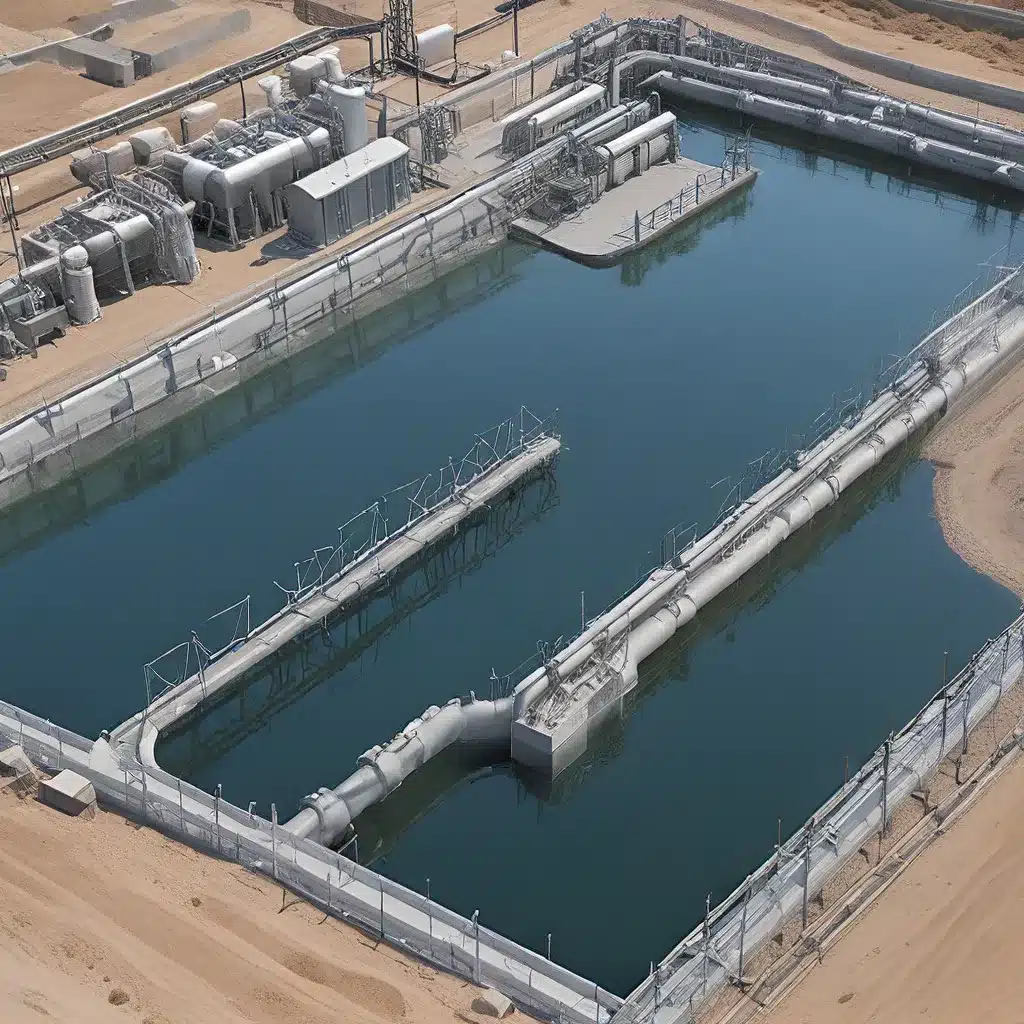
You know, when I first started learning about water treatment processes, I have to admit, I was a bit intimidated. I mean, the sheer complexity of it all – the intricate chemistry, the delicate balances, and the high stakes involved – it was enough to make my head spin! But as I dove deeper into the subject, I realized that there was a whole world of cutting-edge tools and techniques that could help us navigate these challenges with precision and finesse.
The Power of Simulation and Modeling
One of the key developments that’s really got me excited is the growing use of advanced simulation and modeling in the water treatment industry. As researchers at the University of Connecticut have highlighted, existing process simulation software can often be like black boxes – inflexible and lacking the level of detail needed to truly optimize complex water treatment systems.
But that’s where the power of open-source modeling and simulation comes into play. By leveraging the computational power of tools like Pyomo and the IDAES framework, we can now develop sophisticated, customizable models that can accurately capture the nuances of solution thermodynamics and kinetics. This, in turn, allows us to explore a much wider range of brine management options and processing scenarios, all while fine-tuning the efficiency and optimization of the entire system.
Bridging the Gap Between Theory and Practice
One of the things I find most exciting about this approach is the way it bridges the gap between theory and real-world application. As the U.S. government’s official websites emphasize, it’s not enough to just have the latest scientific insights – we need to be able to translate them into practical, implementable solutions.
And that’s exactly what these advanced simulation and modeling tools are allowing us to do. By integrating lab-scale validation and optimization-based algorithms, we can take the theoretical concepts and turn them into tangible, optimized water treatment processes that can be deployed in the field.
Disrupting the Status Quo
But it’s not just about the technical capabilities of these tools. As the secure government websites remind us, the real power lies in the openness and accessibility of these models. By making them open-source and freely available, we’re essentially disrupting the traditional “black box” approach to water treatment optimization.
Now, water treatment practitioners and facility managers can dive into the underlying equations and algorithms, customize them to their specific needs, and explore new frontiers of process synthesis and intensification. It’s a democratization of the tools, putting the power firmly in the hands of the people who know their systems best.
Unlocking New Possibilities
And the possibilities are truly endless. Imagine being able to run detailed simulations of your entire water treatment process, testing out different scenarios and optimizing every step along the way. Or leveraging advanced optimization algorithms to uncover previously untapped efficiencies and cost-savings. It’s like having a crystal ball that can show you the future of your water treatment operations – and then giving you the power to shape that future.
A Holistic Approach to Water Treatment
But it’s not just about the technology itself. What really excites me is the way these simulation and modeling tools can be integrated into a truly holistic approach to water treatment optimization. As the team at Inland Waters Inc. has demonstrated, by combining advanced process models with robust experimental validation, life cycle analysis, and even smart control systems, we can create a comprehensive, end-to-end solution that leaves no stone unturned.
It’s a far cry from the siloed, piecemeal approach that has dominated the industry for so long. Now, we can tackle the entire water treatment challenge as a unified system, optimizing every component and ensuring that the whole is greater than the sum of its parts.
A Future of Endless Possibilities
So, as I look to the horizon, I can’t help but feel a sense of excitement and possibility. The water treatment industry is on the cusp of a true revolution, fueled by the power of advanced simulation, modeling, and optimization. And with the right tools and the right mindset, I believe we can unlock a future of unprecedented efficiency, sustainability, and innovation.
It’s a future where the complexities of water treatment are no longer daunting obstacles, but rather opportunities to flex our creative muscles and push the boundaries of what’s possible. A future where we can tailor our processes to the unique needs of each site, anticipate and mitigate potential challenges, and ultimately, deliver the clean, safe water that our communities and ecosystems so desperately need.
So, who’s ready to dive in and start optimizing? Because I, for one, can’t wait to see what we can accomplish.


